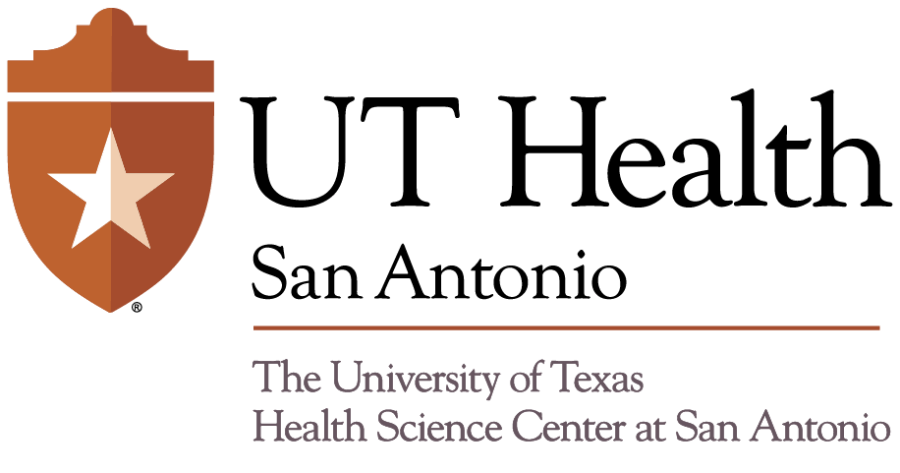SAN ANTONIO (December 15, 2010) — In a study published today in the Journal of the American Medical Association comparing two types of neural tumors that develop in or on the adrenal gland, researchers at the University of Texas Health Science Center at San Antonio determined that one of them is associated with several mutations of a specific gene.
That means the tumor, known as pheochromocytoma, may be hereditary in some cases where it was previously thought to be sporadic — which has implications for family members. It also often occurs in an age group frequently excluded from genetic screening formulas.
While genetic mutations associated with pheochromocytomas are rare, family members of individuals who carry a mutation are at a higher risk of having the mutation and developing tumors as well, said Patricia Dahia, M.D., Ph.D., assistant professor of hematology and medical oncology in the Health Science Center’s School of Medicine.
“Our findings are a strong indicator that genetic screening will need to become routine in these tumors,” Dr. Dahia said.
Pheochromocytomas form in the adrenal gland, causing it to make too much adrenaline. Symptoms often include high blood pressure that is difficult to control with conventional antihypertensive drugs. Other symptoms include headaches, rapid heart rate, palpitations, chest pain, blurred vision, dizziness, sweating, tremors, weight loss and sleeping difficulty.
“Fortunately, the tumors are benign in most cases and can be cured by surgical removal,” Dr. Dahia said. These tumors are usually not difficult to find, she said, but first the doctors must consider them as a possibility. Many cases go undiagnosed for years, and patients suffer the harmful effects of high adrenaline, which can damage heart and kidney function over time. In 10 to 15 percent of cases, the tumors can also be malignant, and those spread to other organs.
Dr. Dahia and her fellow researchers looked at nearly 1,000 people with pheochromocytomas and/or paragangliomas, which are rare, usually benign tumors that may develop at other sites in the body as well. The researchers’ purpose: to see how many of those patients had a mutation in the gene FP/TMEM127, recently identified by a team led by Dr. Dahia as a pheochromocytoma susceptibility gene.
Researchers sequenced the genes and found a total of 44 distinct variants, of which 20 were considered to be directly responsible for the tumor development. The mutations were found only in patients with pheochromocytomas and not in those with paragangliomas. The average age of development of the FP/TMEM127-mutated tumors was about 43.
While all mutation carriers in the study had adrenal tumors, further investigation is needed to see how likely it is that a person with a mutation will develop a tumor. “In the largest family we studied, we found that four of 11 individuals carried a mutation but did not develop a tumor,” Dr. Dahia noted. People who did not have a mutation but still developed tumors might carry mutations of genes that have not yet been identified, she said. At this time there are no clear links to environmental factors.
Dr. Dahia is a member of the Cancer Therapy & Research Center (CTRC) at the UT Health Science Center and works with the CTRC Cancer Development and Progression Program. The CTRC is a National Cancer Institute-designated Cancer Center. Other Health Science Center faculty members involved in the research include Li Yao, Ph.D.; Yuejuan Qin, M.D., Ph.D.; and Elizabeth E. King, M.D.
The Cancer Therapy & Research Center (CTRC) at The University of Texas Health Science Center at San Antonio is one of the elite academic cancer centers in the country to be named a National Cancer Institute (NCI) Designated Cancer Center, and is one of only four in Texas. A leader in developing new drugs to treat cancer, the CTRC Institute for Drug Development (IDD) conducts one of the largest oncology Phase I clinical drug programs in the world, and participates in development of cancer drugs approved by the U.S. Food & Drug Administration. For more information, visit www.ctrc.net.

